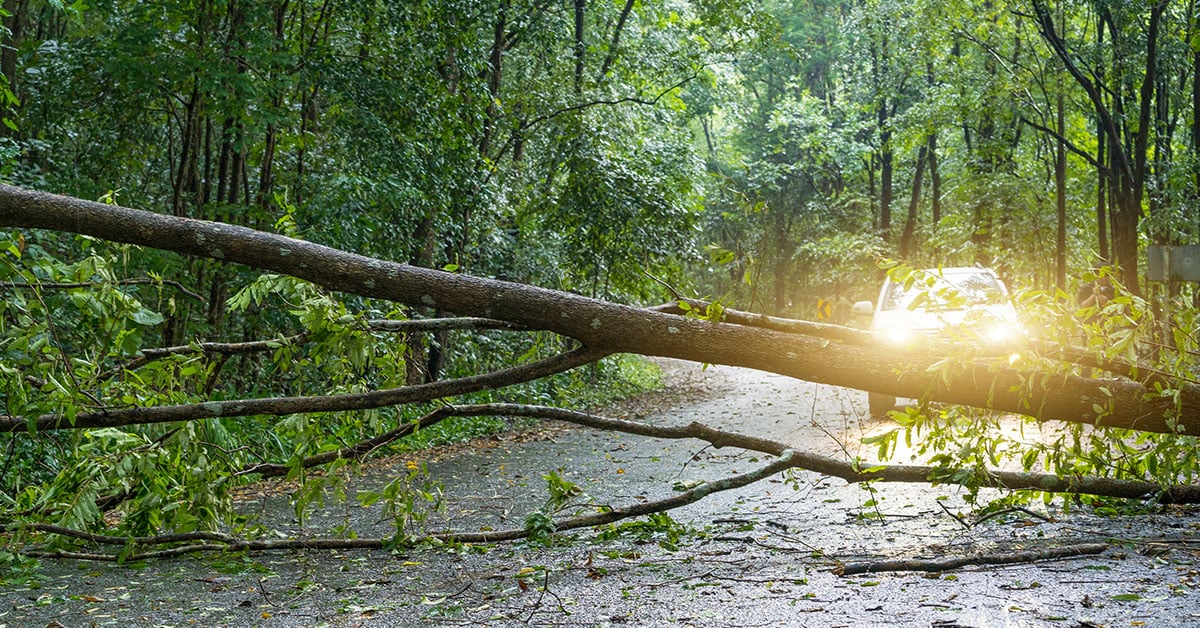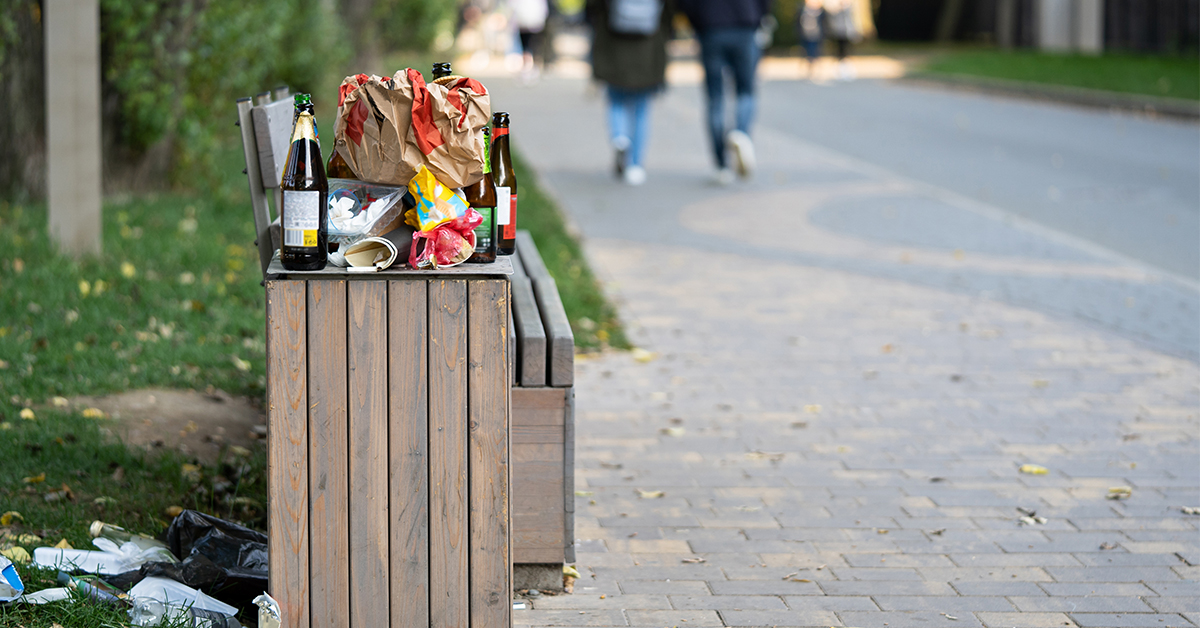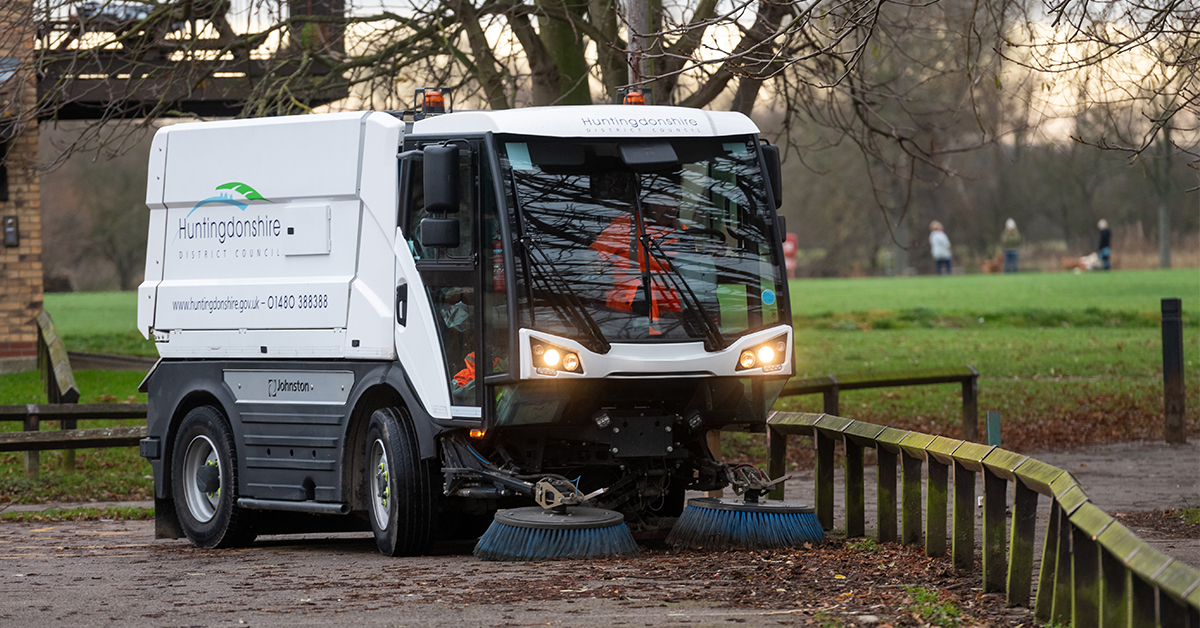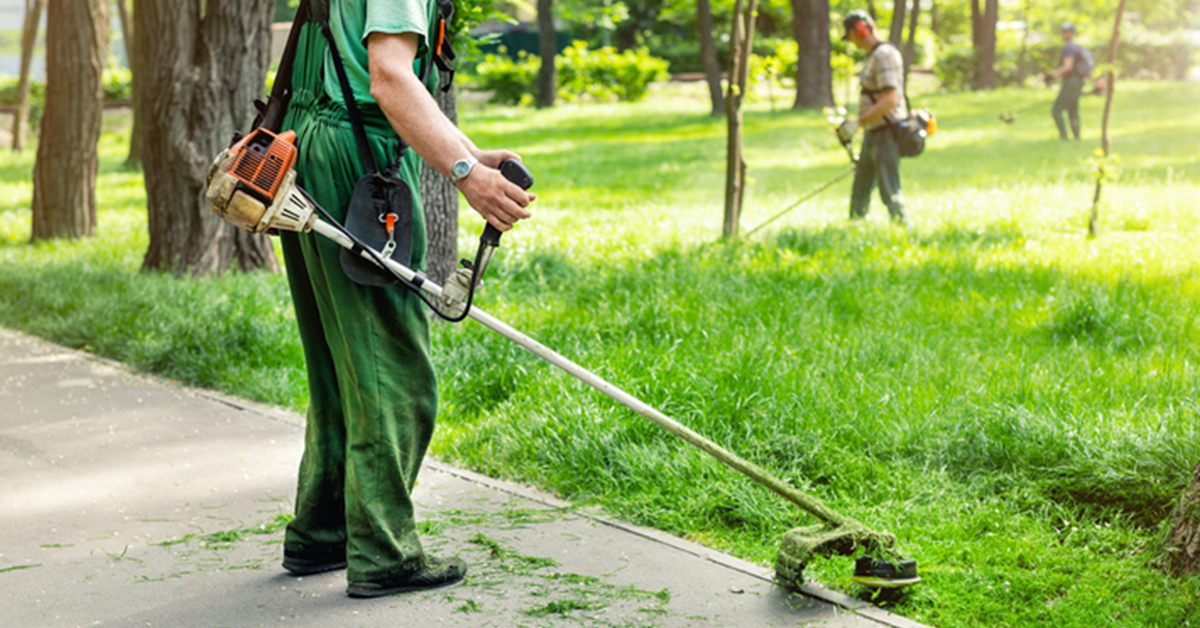Storm damage? This is how you clear up loose branches more quickly
It happened almost every winter and fall these last few years: a heavy storm hit the Netherlands. The resulting storm damage was not just annoying to residents, but also affected the planning of grounds maintenance planners. After all, a storm often comes without warning and creates additional work. If this additional work is not properly coordinated, a storm can have long-lasting consequences, such as a high number of loose branches. In this blog, you’ll read about the Dutch approach to clearing up loose branches, which will help you clean up the mess as quickly as possible.
The Current State of Affairs
As a work planner, you’re busy ensuring that the large trees that cause immediate danger are removed, and in the meantime, crews also go out for the smaller clean-up tasks. These tasks include collecting loose branches that cover streets, cycle paths and sidewalks all around the area. After the storm, you send out crews to collect those loose branches with rakes and leaf blowers, to have them put together in piles. This results in the municipality having piles of branches lying around. Therefore, trucks need to check every single street and remove the piles of branches. If a driver is distracted for just for a moment, there’s a risk he misses a pile. As a result, this pile is only cleared up if another crew happens to come across it later or when residents report on it.

A Good Start is Half the Battle
The way of working as described above is time-consuming and prone to error. With an eye on quality assurance and the digitisation of the public space, many planners therefore look for ways to do the work more efficiently. This is especially due to the extra work that comes with something as simple as forgetting a pile of loose branches. In an ideal world, you clean up the entire area in one go. The good news is, that if you set up your existing Jewel Tasks application in the right way, this can become a reality. To do this, take the following steps:
- Start preparing for a storm in time: there’s a good chance there will be one at least once a year, so it’s worth creating a work process for it.
- In the Jewel Tasks application, create the ‘manual branch collection’ work process.
- Instruct your colleagues: with every pile of branches they collect, have them take a picture of the size and indicate where the branches are on the map via their tablet.
- With this information, you’re able to assess how much driving work is needed.
- Ultimately, the driver can find and sign off on the locations using the tablet.
Ready for the storm?
By using the Jewel Tasks application in a smart way, you ensure that the work after a storm is completed more quickly. Your colleagues can easily provide additional information using a voice recording function in addition to the location and the taken pictures. As a result, branches can now be cleaned up in one pass while you’re assured of good quality of the work executed. Moreover, residents no longer have to report on forgotten piles of branches, as they’ll all be cleared up. It’s a win-win for all parties involved!
You May Also Like
These Related Stories

This is how you handle peak loads of waste bins

Weed control: let the sweeping truck help you






No Comments Yet
Let us know what you think